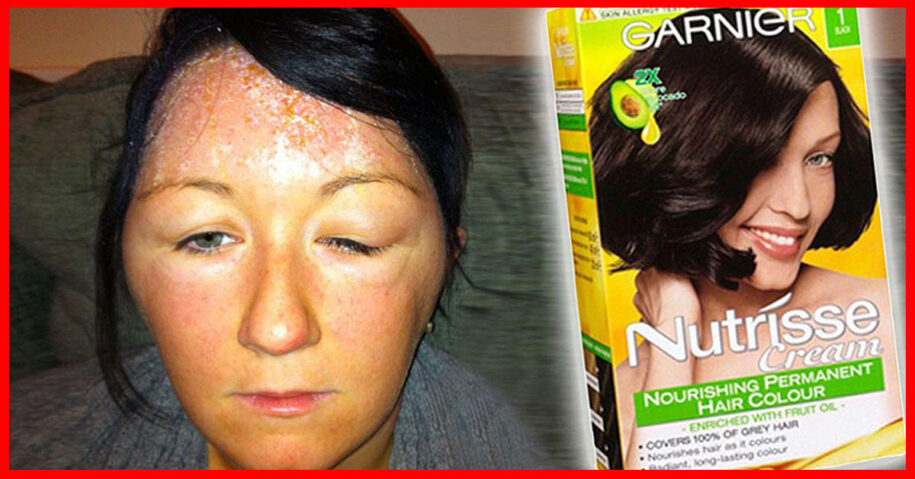Common Hair Dyes Found to be Full of Cancer-Causing Chemicals! Here’s What to Use Instead…
Millions of people both men and women use hair dye, these hair dyes contain chemicals we should be avoiding! Whether you dye your hair at home or get it done in a salon the risks are still there!
British scientists have warned us about these chemicals and taken the time to let us know that these chemicals can react with things like tobacco smoke in the air to form one of the most powerful cancer-causing compounds known. This is disastrous considering the amount of men and women who dye their hair regularly. This is a serious risk that has needed to be dealt with for quite some time now.
Of course, the cosmetic industry has done their best to dispute the claim. They don’t care about our health or the fact that they are loading us down with cancer. As long as all the high ups are paid they are content. This warning comes from scientists at Leeds-based company Green Chemicals. They conducted a review of the chemistry surrounding hair dye and connected the necessary dots.
According to these scientists chemicals known as secondary amines found in all permanent hair dyes and can penetrate the skin and stay on the hair for weeks (or longer) when applied. Over time these secondary amines can react with things like exhaust fumes and tobacco smoke (as mentioned above), when this happens the two together form a deadly chemical called N-nitrosamines.
They can still be generated even with a simple reaction. Hair dye has been linked to a wide range of cancers. Concerns with allergies and even fatal results have been increasing dramatically over the past few years. When it comes to dying our hair we may not often think that there is a natural solution, however, there is.
Sure you can’t get platinum blonde hair from deep brown in a short amount of time using a natural method but you can add a bit of a highlight or darken your hair without using chemical hair dyes easily. There are also some vegan hair dye brands for those who like to do funky colors.
Using Coffee To Dye Your Hair
This mixture will darken your hair and even promote hair growth.
Ingredients:
- Strong organic coffee
- Leave in natural conditioner
- Organic coffee grounds
Directions:
- Make a pot of strong organic coffee (anything non-organic almost without a doubt contains some added chemicals.)
- Wait for the coffee to cool.
- Mix in four cups of leave in all natural conditioner with four tablespoons of organic coffee grounds.
- Now add in two cups of cold brewed coffee.
- Mix well and then apply the mixture to your hair and leave it in for an hour and a half (longer if desired.)
- This will give you a beautiful chocolate hair color without damaging your hair.
Using ACV To Give Yourself Highlights
Ingredients:
- Apple Cider Vinegar
- Spray bottle
- Sunlight
Directions:
- Put some Apple Cider Vinegar into a spray bottle.
- Spray this onto your hair as much as you would like the more you spray the more of a highlight you will achieve.
- Once you have sprayed your hair go outside and spend some time in the sun. (at least 30 minutes)
- Once you’re back inside you can wash your hair if you’d like. Do this a few times a day for at least one whole month.
- If for some reason you would prefer all over lightening rather than highlights drench your hair and do the same thing but also sleep with the Apple Cider Vinegar in your hair.
Now if these natural options aren’t what you’re looking for here is a list of natural (vegan) hair dye brands:
- Arctic Fox (This is my all time favorite!)
- Ecocolors
- Manic Panic (Available at any Sally’s store.)
- Herbatint
- Smart Beauty
- Iroiro Colors
Now, I am not saying all dyes are bad as the ones I mentioned above are fine anything natural is fine. These dyes that are overflowing with dangerous chemicals, however, are obviously a problem. If you dye your hair or intend to dye your hair I suggest you take the things these scientists have told us and decide against commercial box dyes or salon dyes. (You can still go to a salon just request natural dyes be used instead of chemically infested ones.)


